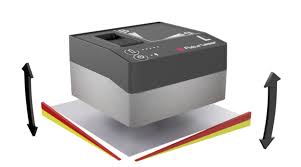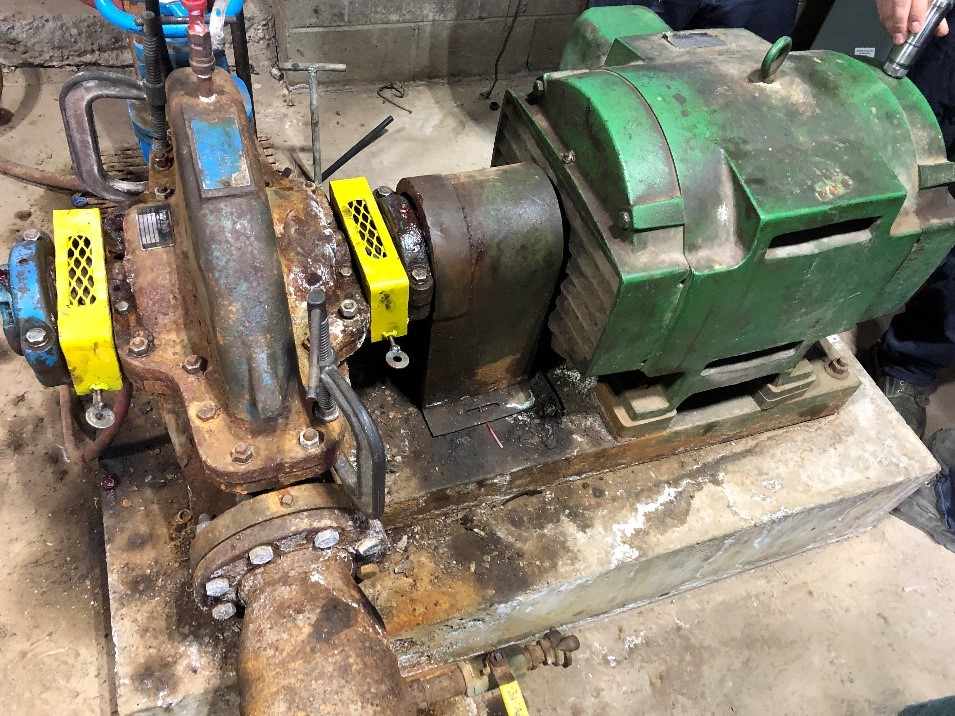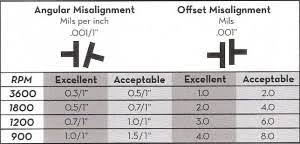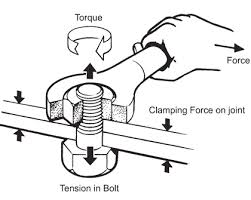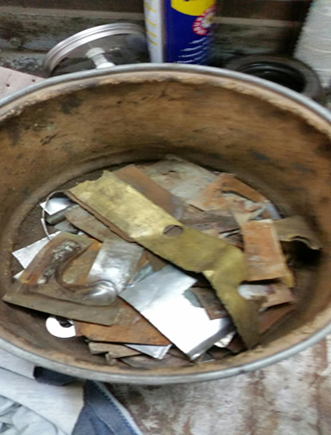Coupling manufacturers have an “acceptable” misalignment tolerance range that is typically much greater than precision shaft alignment tolerances. Why is that? Because flexible couplings are designed to allow for incidental movement of machines during operation. Seal manufacturers have very tight tolerances for allowable misalignment. Why? Because of how they seal. Typical mechanical seals have mating…
Read More


